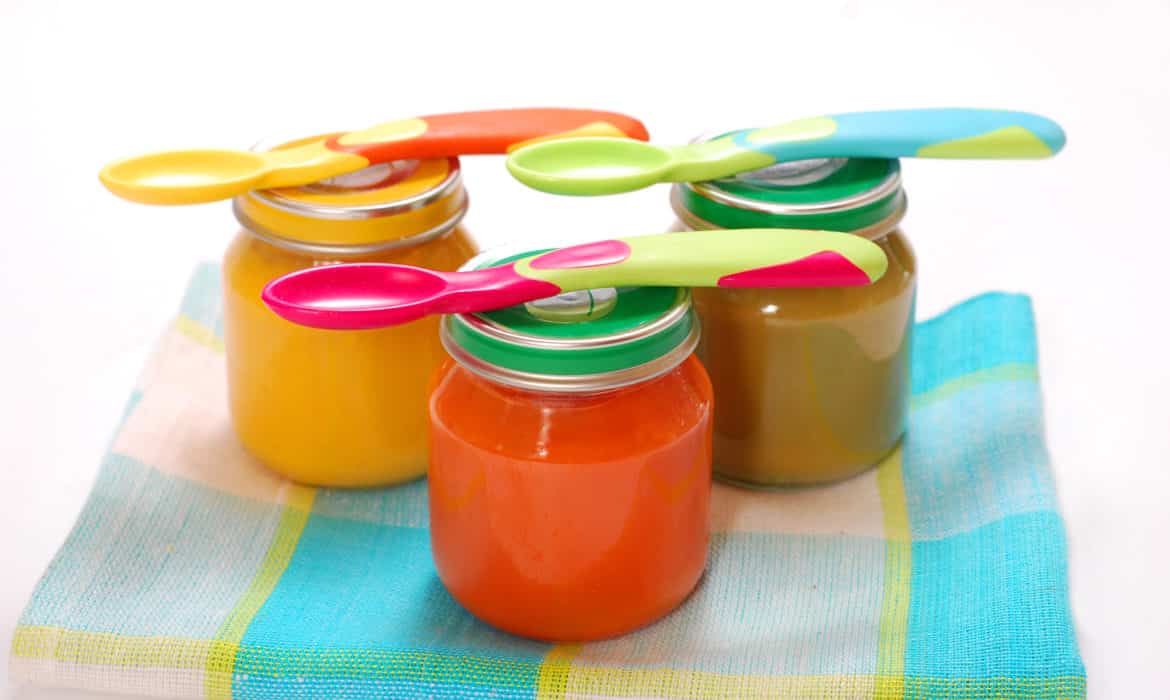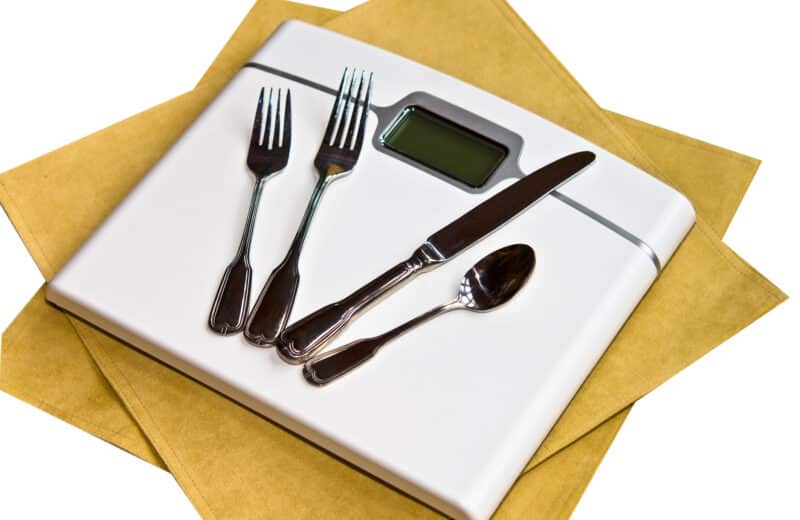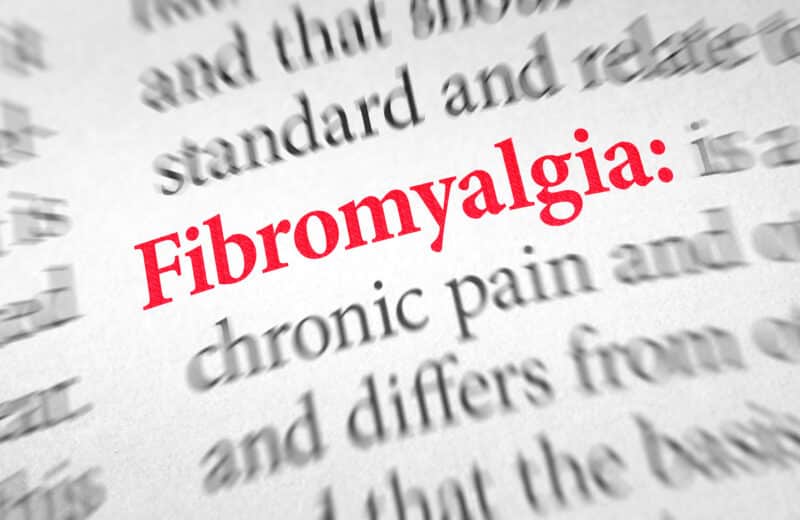The Kid’s Doctor
I know many of the parents of the children I care for are concerned about the latest news from the Environmental Defense Fund, which showed that about 20 percent of baby food samples tested over 11 years had detectable levels of lead.
This nonprofit group looked at data that the Food and Drug Administration had collected from 2,164 baby food samples between 2003 and 2013. While none of the baby food samples seemed to exceed the FDA’s “allowable” levels of lead, it is still quite concerning. At the same time the FDA is in the process of reviewing their standards to reflect the latest science surrounding the potential risks to young children who are exposed to lead.
While lead testing is routinely performed in young children (1 and 2 years old), the Centers for Disease Control currently considers a blood lead level greater than 5 micrograms/deciliter as elevated, but no lead level is “safe.”
Lead exposure has been shown to have neurocognitive effects (on IQ, the ability to pay attention and academic achievement). And the effects cannot be corrected.
The study did not name baby foods by brand. Root vegetables (carrots are one) had the highest rate of lead detection (65 percent of samples), followed by crackers and cookies (47 percent) and the then fruits and juices (29 percent). Only 4 percent of the cereal samples contained lead.
This report will cause a lot of parental anxiety, but really doesn’t tell us much about what to do. In the meantime, the take home message is “feed your babies and toddlers a wide variety of baby foods” and, when possible, fresh foods. One hypothesis is that baby foods are more processed, which may contribute to the higher lead content. It is easy to cook and “mush” up your own food to feed your baby, and it really does not require a fancy food processor. If you can mush it, your baby can eat it! The only concern about the introduction of food is that it has to be soft enough not to be a choking hazard. So no whole nuts, chunks of meat, uncooked hard veggies … you get the idea.
Just because your baby doesn’t seem to like certain foods, don’t get stuck feeding them just a few foods. Continue to offer an assortment of healthy foods; they may eat some varieties more than others. Every day will be different.
So, don’t throw away all of your baby foods. But if you might be able to substitute fresh foods, go for it. Also, don’t offer fruit juices to your babies and toddlers. Most importantly, eat healthy foods. That’s the best thing for you and your child.
(Dr. Sue Hubbard is an award-winning pediatrician, medical editor and media host. “The Kid’s Doctor” TV feature can be seen on more than 90 stations across the U.S. Submit questions at http://www.kidsdr.com. The Kid’s Doctor e-book, “Tattoos to Texting: Parenting Today’s Teen,” is now available from Amazon and other e-book vendors.)
(c) 2017, KIDSDR.COM. DISTRIBUTED BY TRIBUNE CONTENT AGENCY, LLC.












